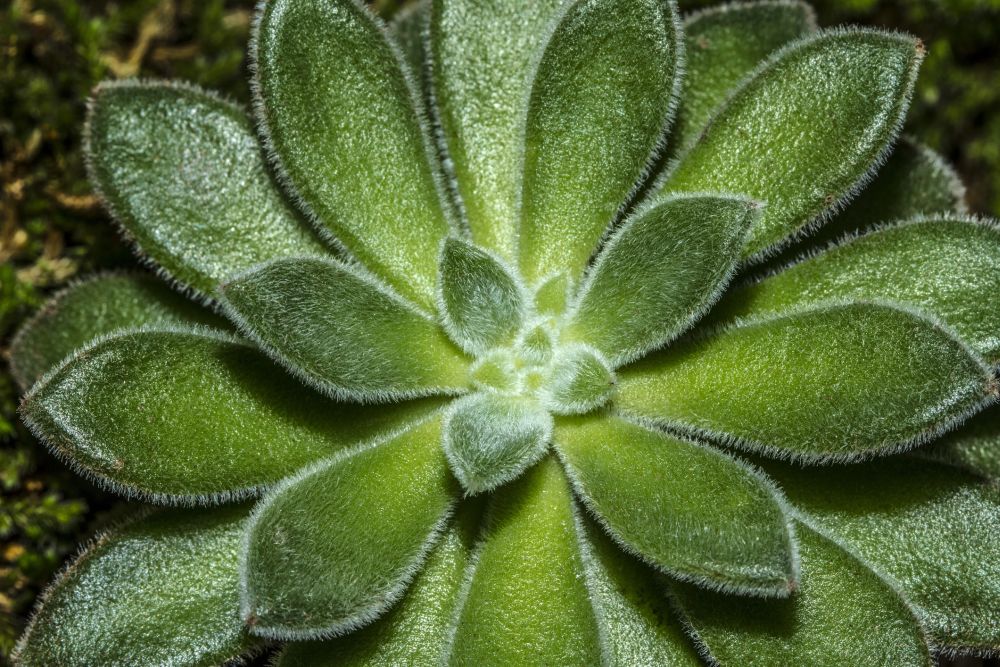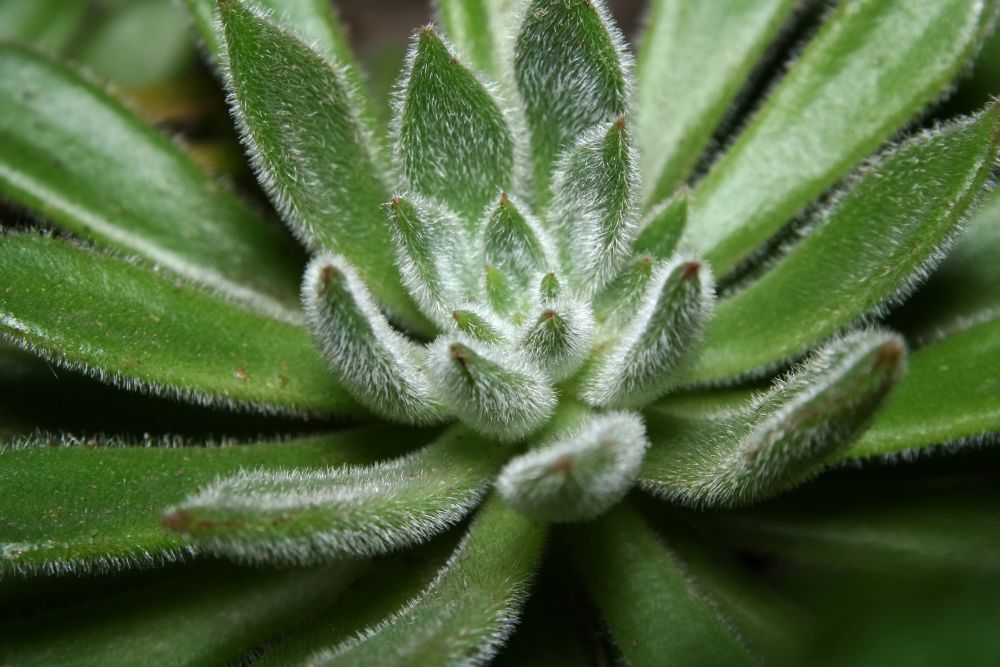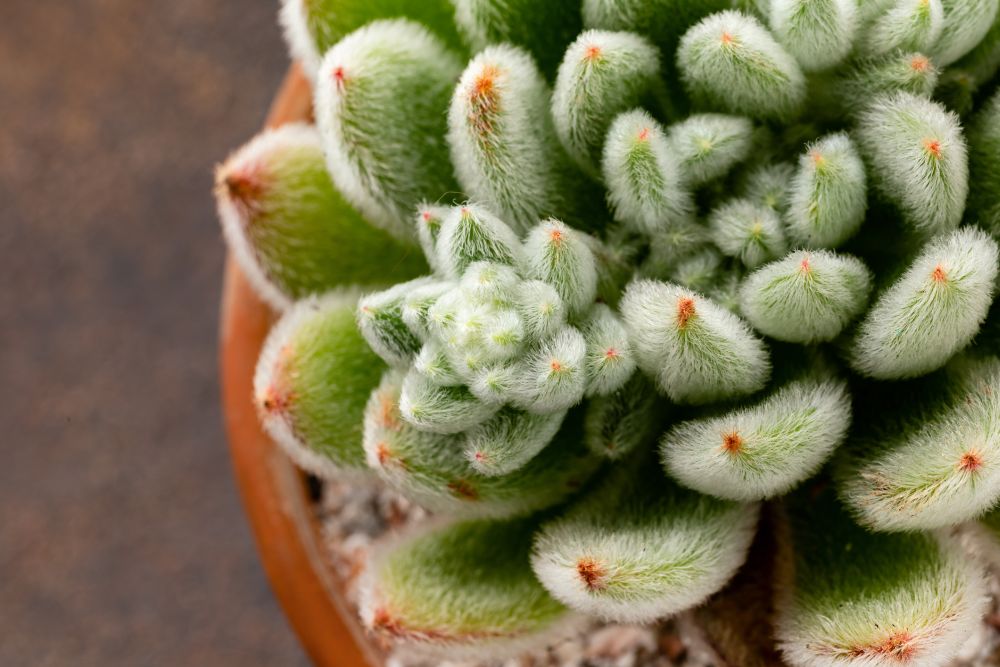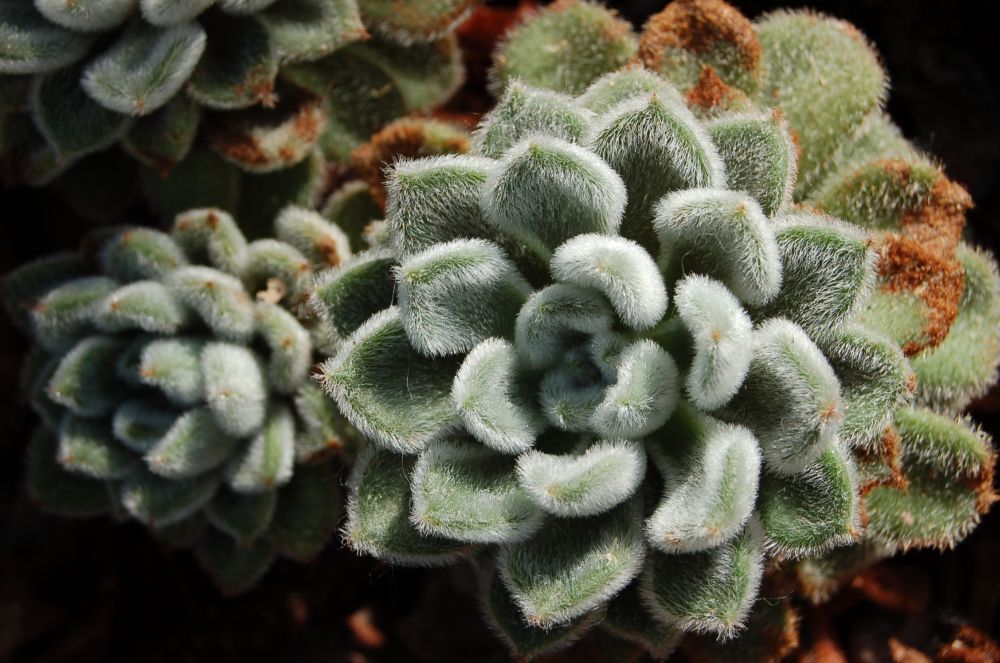Echeveria Setosa Care: How to Grow & Care for the Mexican Firecracker
Growing any Echeveria succulent goes way beyond the flowers that bloom during summer or a set of rosettes that grows in a compact yet clustered nature. We found it thoughtful to focus on one of the most sought-after species—the Echeveria Setosa.
Also widely labeled as the Mexican Firecracker, this species—as you probably know—belongs to the Echeveria genus, a royal member of the Crassulaceae family.
What makes this type a bit distinct from the rest is that it’s a little hairier than other species. It’s also referred to as:
- Firecracker plant
- Hens & Chicks
- Firecracker Echeveria
This succulent originally hails from Mexico. While the plant isn’t winter-hardy, it can still survive indoors under cold temperatures. And more reason why most gardeners grow the Mexican Firecracker inside a container is so they can move it indoors when it’s winter. Growing Echeverias isn’t a strenuous task since the evergreen perennials tend to demand less even when sitting under hot and dry climates.
Keep reading to learn more about caring for the Mexican Firecracker succulent.
More About the Mexican Firecracker
The Mexican Firecracker is a rapturous slow-growing succulent that’s only capable of reaching up to 4’ inches tall. So, if you’re looking to own a petite houseplant that’s way less burdensome when it comes to its caring needs, then you need to consider planting any of the Echeveria species—and mostly, the Firecracker.
When given the optimal conditions for sprouting and maturing, the rosettes would have the magnitude to spread up to 12” inches wide. The white hairs on its spoon-shaped foliage make this densely green succulent the ultimate option if you’re looking to fill up that idle space in your office space or windowsill.
While echeverias are mostly grown for their foliage, it’s quite possible for them to bloom during summer when nurtured with optimal growing conditions. And with over 150 hybrid species to pick from, we get the faze you might stumble upon when trying to figure out which particular Echeveria type to grow. In this guide, we’ve rounded up the most essential caring tips you need to get started with if the Mexican Firecracker seems a little more appealing to you.
Echeveria Setosa Caring Tips
Flowering & Fragrance
The flowers on this succulent have a concave shape that resembles an urn and have thin aster-like petals. During the blooming season, they’ll appear red with yellow tips and usually grow in clusters. These flowers are held by stalks that are typically one foot long. It’s, however, worth noting that flowers that bloom on Echeverias aren’t succulent in nature, so they’ll survive for just a few weeks.
Watering & Feeding
It’s typical for succulents to survive under slight neglect when it comes to watering needs. In as much Echeverias don’t like to stay under soggy soil for too long, they also can’t do well when left dry. Wait for the soil to dry out completely before watering your Firecracker again. It’s best to use a growing medium with drainage holes, so any excess water can pour out of the bottom.
When making the soil moist, be careful not to wet the rosette as it could begin to rot. The roots too will start to rot when left in soggy soil for longer periods, so you want to avoid overwatering at all costs. Mulching your Mexican Firecracker when it’s growing outdoors during summer helps retain some moisture for longer periods than usual.
Light & Temperature
To keep this succulent madly attractive throughout the seasons, you want to place it somewhere with warm temperatures. Much like other species in the Echeveria genus such as the Mexican Snowball or the Lola plant, your Firecracker would thrive even better under the full sun. When it’s summer, keep this succulent somewhere with temperatures ranging between 18-26 degrees Celsius.
It’s also worth noting that the succulent prefers to exist under USDA hardiness zones 9B –11B. And since it’s not a winter hardy plant, growing your Firecracker inside a container would help moving it insider a lot easier when the temperatures fall to –1.1 degrees Celsius. Keep the room temperatures from falling below –6 degrees Celsius during winter.
To protect the offsets from getting disfigured, you want to place the growing medium under some partial shade. As a winter dormant succulent, you should expect your Mexican Firecracker to continue growing when the weather gets a bit warmer. During winter, place it near the brightest window so the foliage can salvage any little light that creeps in during the day.
Soil & Transplanting
What matters the most to this indoor-compatible succulent is drainage. So, while preparing the potting soil, check whether it’s permeable enough to let water pass through in a short span. And if the whole exercise feels a little daunting, you can choose to work with a commercial organic cactus mix. The potting soil needs to have a slightly acidic pH of about 6.0.
Add 50 % of perlite if you’re opting to prepare the potting soil yourself, to boost aeration and improve the development of the roots. Peat moss also helps retain excess moisture that succulents need to flourish. Before moving the soil inside the container, you can sterilize it by preheating it in the oven to 90 degrees Celsius for about 20 minutes. And the intent behind this task is to suppress any harmful diseases, weeds, and microorganisms such as fungi or viruses.
Make sure to add some bit of coarse sand, to improve the drainage process. Adding a small portion of limestone helps balance the soil pH since it’s rich in calcium and magnesium. Most of all, these two nutrients are needed for the development of cell membranes and chlorophyll production respectively. Since this is a miniature houseplant, there won’t be any great need for transplanting.
Grooming & Maintenance
There won’t be any routing grooming needed since this plant isn’t fussy or too sensitive to extreme conditions, compared to, say, tropical houseplants. It’s totally fine if you choose to get rid of the offsets. Pluck off any leaves that appear dead or damaged by the effects of overwatering, diseases, or pest attacks.
How to Propagate the Mexican Firecracker
Propagating the Mexican Firecracker is one of the easiest jobs you’ll enjoy doing while running the routing gardening errands. You can choose to use offsets, stems, or leaf cuttings. And here are some of the pointers you want to work with when propagating:
- Make sure to dissect the stem or leaf cuttings during the early weeks of spring.
- You’ll need to place them somewhere with enough air circulation, to give the wounds some time to heal.
- Prepare the potting soil using tips discusses right under the soil and transplanting section. A commercial cactus mix would also work just fine.
- Place the leaf cuttings under a warm environment to speed up the development of roots.
- You can also cover the container to retain moisture that would help the leaves to sprout.
- If you’re using offsets for propagation, pick those that look healthy from the mother plant.
- Before pulling out these offsets that tend to fall off from the mother plant and grow on the edges of the container, wet the soil to make the uprooting exercise less hurtful to the pups. Excess force can damage the offsets.
Echeveria Setosa Care: Common Pests & Diseases
Pests
It’s rare to find pest preying on your Mexican Firecracker houseplant. But on some occasions, you might have to deal with mealybugs, fungus gnats, or spider mites. These three pests tend to find succulents a bit more habitable. Fungus gnats are tiny dark flies that resemble mosquitoes and usually camp around the surface of the potting soil.
They feed on any organic matter, making your succulents desperately compete for essential nutrients. And when the nutrients in the soil are entirely suppressed by the larvae, the plant’s roots will begin to weaken drastically. That’s often the case especially when your Mexican Firecracker is at its early sprouting stages. You can also use sticky traps to effectively eliminate fungus gnats.
To get rid of mealybugs, you can wipe off the infected areas using cotton swabs dipped in isopropyl alcohol. In the infestation is massive and the natural remedies don’t seem to yield solid results, you can opt for remedies such as insecticidal soaps or neem oil that would help control the numbers.
Diseases
Excessive watering or low light conditions can cause your Mexican Firecracker to suffer from fungal and bacterial infections. If you keep the growing medium in an environment with too much humidity, chances are the foliage will appear discolored or even escalate to stem rot disease which is caused by soft growth. Keep your Echeveria plants somewhere with enough air circulation and make sure not to overcrowd them.
Low light conditions, on the other hand, will cause your Mexican Firecracker to have leggy growth as it would desperately be in search of a sunny location. Move the growing medium to a position with bright sun rays or add artificial lights if your Echeveria succulents are growing indoors under a dim environment.
Even though this Echeveria species is a succulent accustomed to semi-arid conditions, it’s inversely prone to excess heat. The effects of too much heat are the same as those of inadequate light access. You just need to make sure you’re giving your Mexican Firecracker bright light for a couple of hours each day without exposing it to any heat source.



